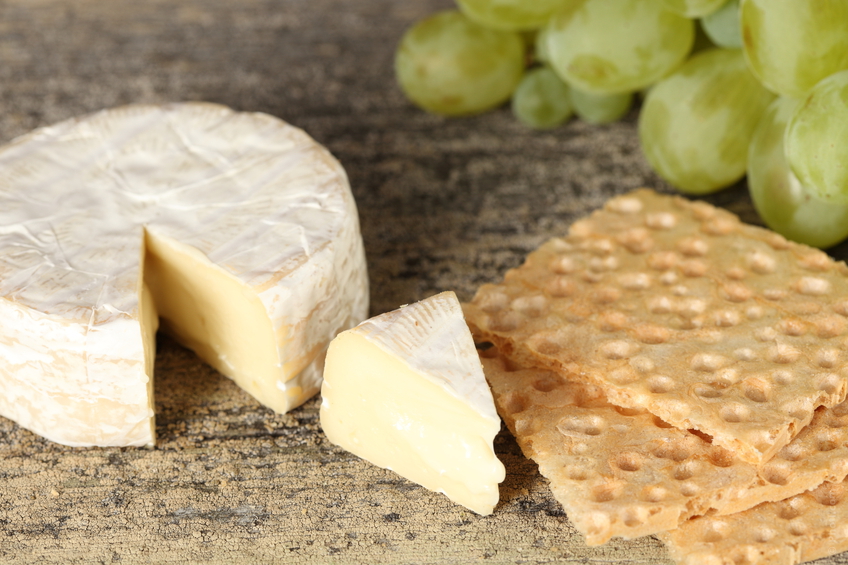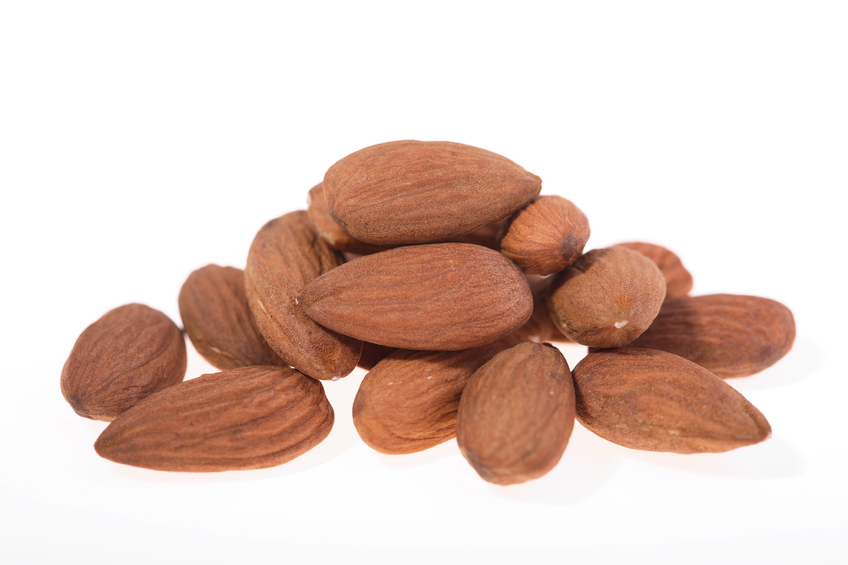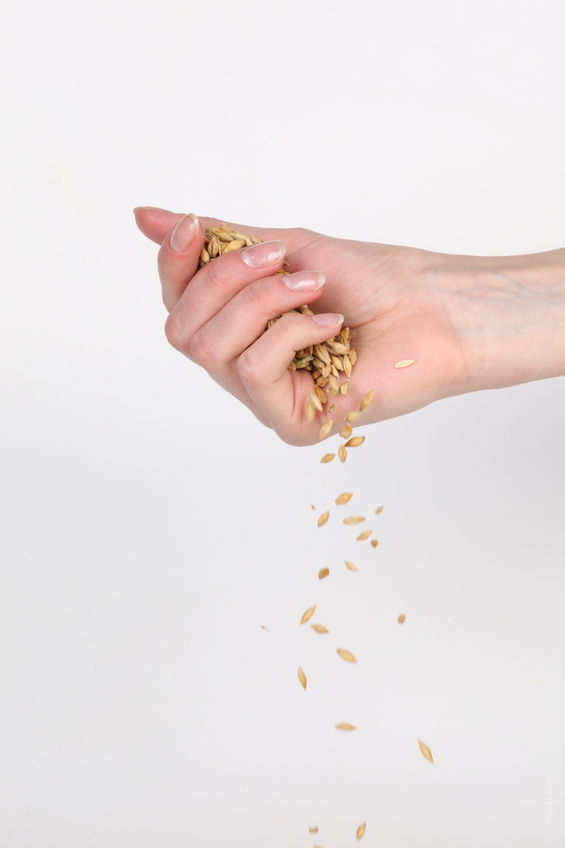Fitness Trends for 2013: Topping the list…
Every year, major organizations, such as the American College of Sports Medicine, conduct worldwide surveys of fitness trends to predict the upcoming year’s most significant fitness elements, not only ‘FYI’ but to aid consumers, industry professionals and retailers (of sports and exercise equipment). Just because a category of exercise or a fitness trend is considered to be ‘out of vogue’ for this year doesn’t mean you shouldn’t continue to do it. The best indicators of whether you will be successful and adhere to a particular exercise program are how quickly you see results (and how impressive they are) and whether or not you enjoy the activity. So regardless of this year’s fitness trends, always stick with what works for you.
Top Fitness Trends: Back to Basics and Group Personal Training
What fitness trends are ‘out’ and what are ‘in’ for 2013? One of the biggest fitness trends for this year is ‘going back to the basics.’ Pilates and ‘Zumba’ classes, while once all the rage, are no longer considered to be ‘hot trends’ (do not appear on the ‘top 10 fitness trends list for 2013).
So, what are the ‘basics?’ Good, common sense high-intensity aerobic exercise combined with basic resistance training moves is effective, takes less time and is cheaper, particularly if you perform body-weight training exercises (making the fitness trends list for the first time at #3).
Fitness trends for 2013 that also made the top 10 list include small group personal training and programs that combine exercise with calorie-restricted diets. Small group training offers several benefits that make it worth considering. By training four individuals (if similar fitness levels) simultaneously, each participant pays 25 percent of what one person would pay, making it more appealing cost-wise. The trainer makes money without sacrificing on quality, and the participants obtain similar or even better results.
Other Fitness Trends: Out with the new and in with the old?
Once a staple of any strength training routine, classic body weight training exercises have made a huge comeback, forcing newer sensations, such as Zumba, to take a back seat. Why? Because they are effective and do not require expensive equipment, accessories or a significant learning curve. Exercises such as push-ups, squats, lunges and even plyometric jumps benefit exercisers of all levels without busting the budget (think boot camp-style workouts).
While some old classics are making a comeback, newer fitness trends, such as TRX suspension training, are only getting hotter.













